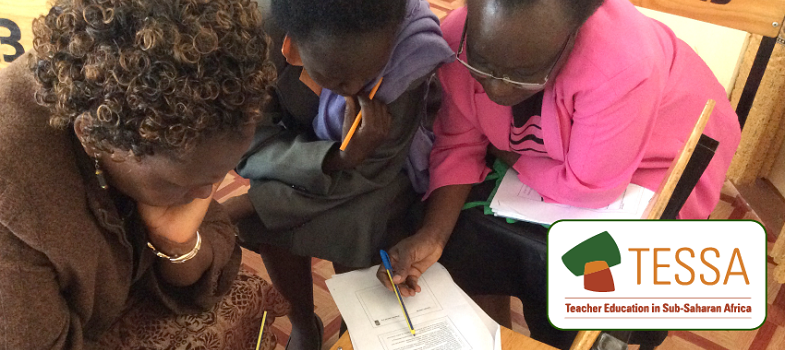Key Resource: Using storytelling in the classroom
Stories help us make sense of our lives. There are many traditional stories that have been passed down from generation to generation, which were told to us when we were young, that explain some of the rules and values of the society that we were born into. Stories are a very powerful medium, especially if they are well told or written. Stories are entertaining, exciting, stimulating and can transport us out of our everyday life into fantasy worlds, but they can also be challenging. They can provide guidance about how we live our lives; they can stimulate our thinking about new ideas; they can help us explore our feelings and help us to think through problems in a context that is detached from reality and therefore less threatening.
Stories have a strong role to play in the classroom in all curriculum areas and can be used in a number of ways for a range of purposes. The next part explores when and how you might use story in your classroom to develop your pupils’ knowledge and understanding of their world.
How can you use stories in your classroom?
Stories can be used at the start, middle or end of lessons.
Start of the lesson
Most often stories used at this stage are to set the scene for the lesson, to stimulate interest, find out what pupils know already and to provide a context for the main work of the lesson.
Middle of the lesson
Stories used at this stage provide a context for the work the class is doing. They may be analysing or using:
- the values in the story;
- the reactions of the characters;
- the ideas contained in the story;
- the claims made in the story;
- the structure of the story;
- the ideas in the story to broaden and deepen understanding of a subject.
End of the lesson
Stories used at this stage are often used to pull learning together, so selecting a story for this stage is much more difficult.
They can be used to just relax the pupils and give them a pleasurable experience before they go home from school. Stories have an immense value in themselves in that they provide comfort, support and entertainment. They help build confidence and self-esteem and help your pupils learn more about themselves as they relate to the characters in the story, so the telling or reading of stories just for pleasure cannot be overestimated.
Most societies throughout the world have used storytelling as a way of passing on their history and values. This is very true in Africa, which has a wealth of national and local traditional stories.
Where do we find and how do we select our stories?
Stories can be found in books, in the local community, and in yourself and your pupils.
You need to select the story because of its message and the purpose for which you want to use it. For example, you may be investigating the sun and moon in your science lessons and use a traditional tale about how the sun and moon came to be in the sky at the start of the lesson to stimulate interest and to explore the truths of the story.
You may find your story in a book or it may be a local traditional tale that has not been written down, from your childhood or that of your pupils. You could also invent or write your own story to tell or read to your class or ask them to write the stories. These could be collected and made into a book of local stories or into books of stories about a particular curriculum area. There is no age limit to using story with your pupils but obviously you would need to select appropriately for those in your class.
Using story in your lessons is one way to involve the local community, as you can invite a renowned storyteller to come in to tell the tale. You could extend this to set up a storytelling club within the school for those interested in developing their storytelling skills and ensuring that such tales are not lost from the community.
Stories and storytelling play a key role in holding many communities together and so their importance should not be ignored in the classroom.
Select the next Key Resource you are interested in by clicking on the resource titles on the left-hand side of this screen.



